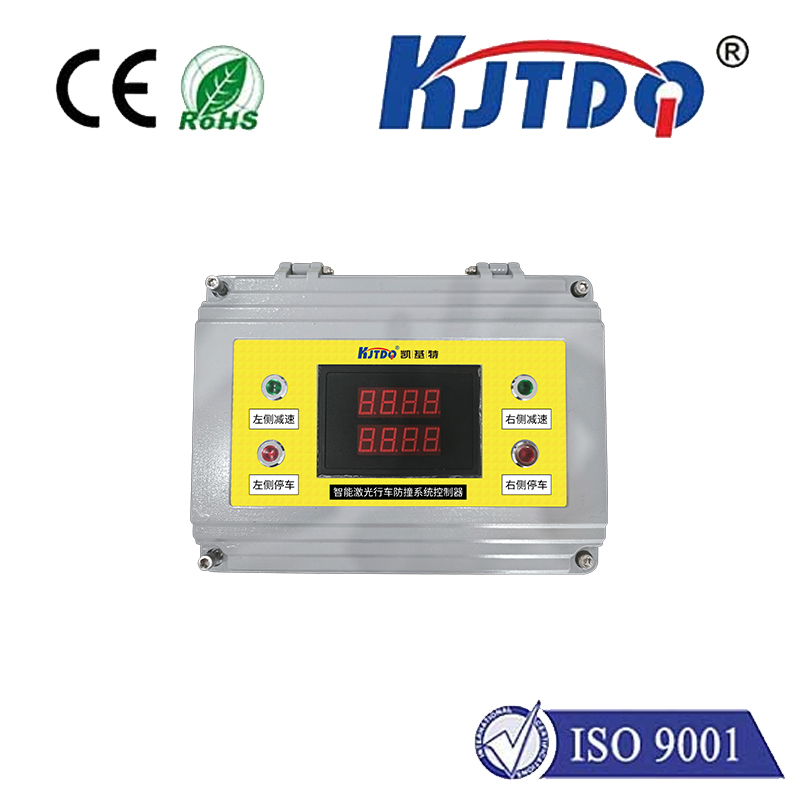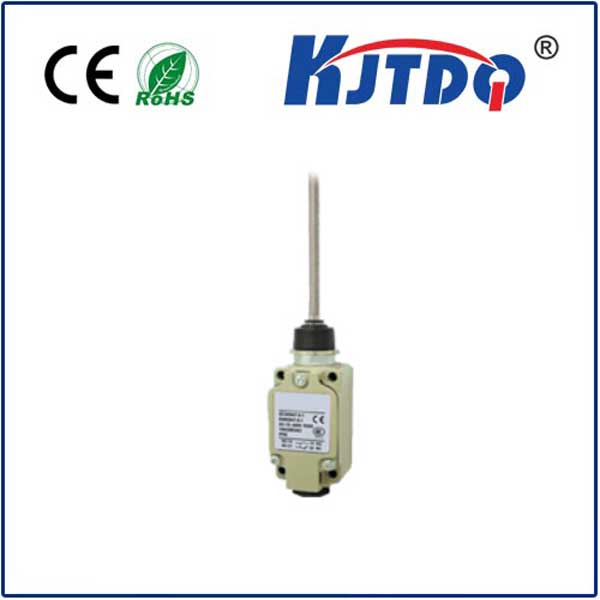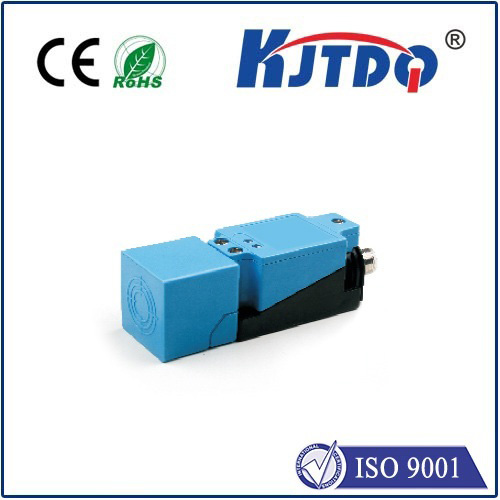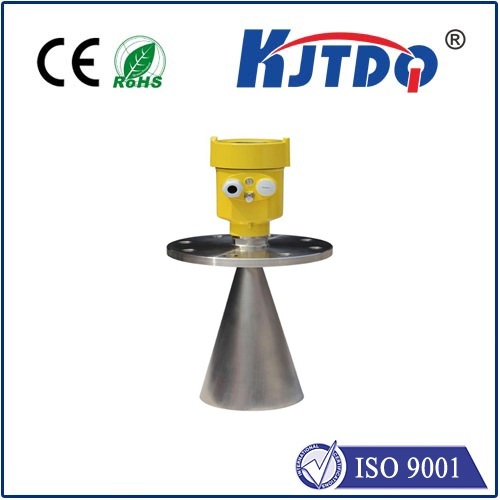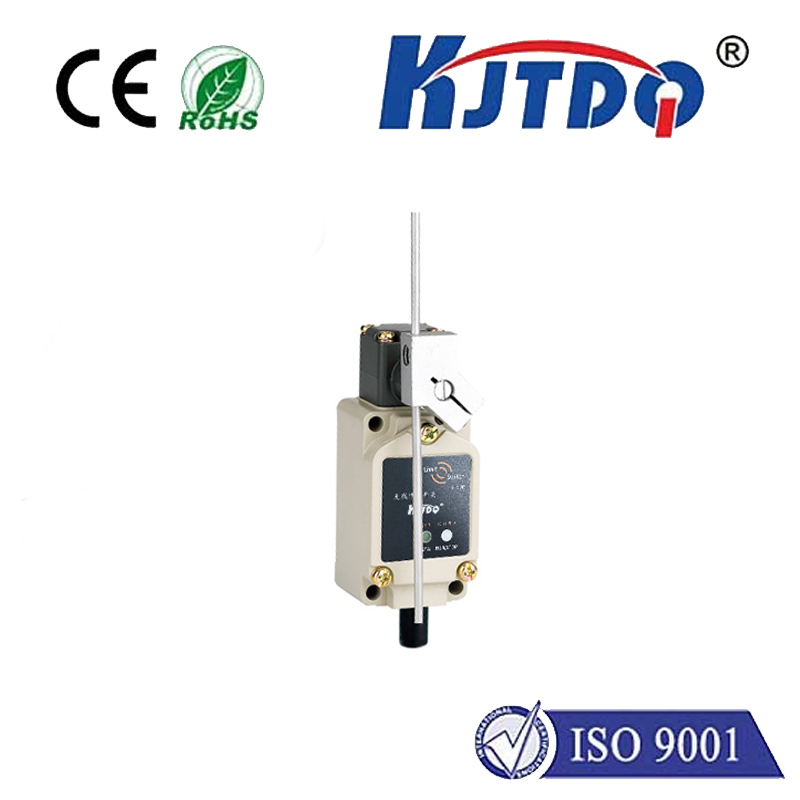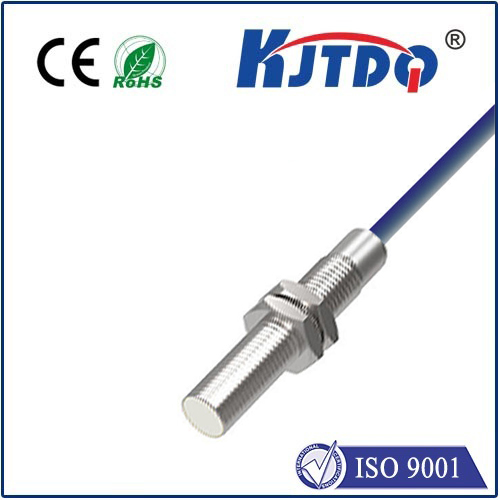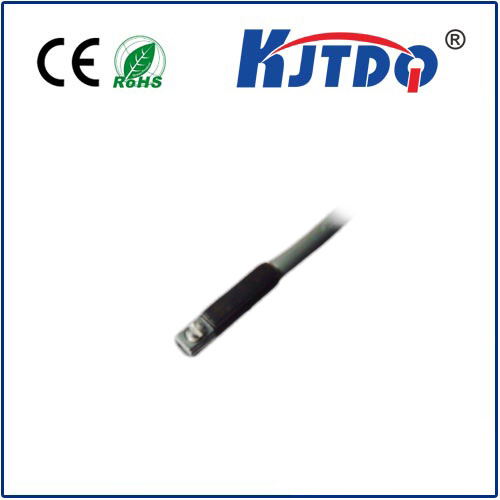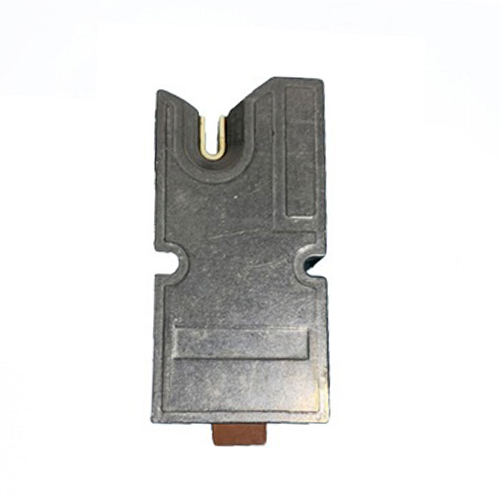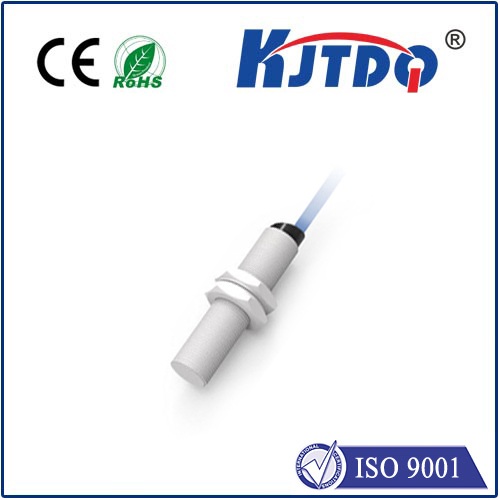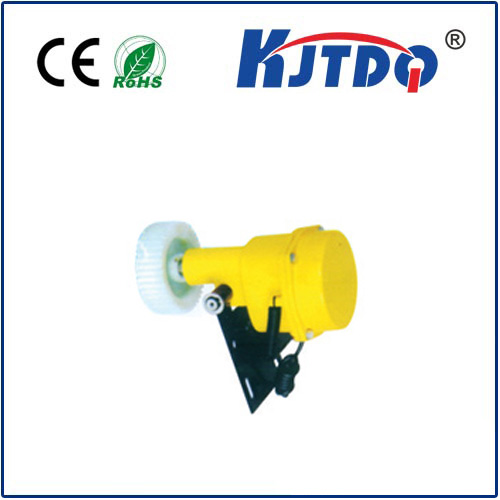optical sensor switch
- time:2025-08-13 15:32:05
- Нажмите:0
The Silent Sentinels: How Optical Sensor Switches Revolutionize Detection
Imagine an unseen sentinel, a beam of light stretched across a path, silently monitoring movement. When broken, it triggers an action instantly, reliably, and without physical contact. This is the essence of the optical sensor switch, a fundamental building block of modern automation, safety, and convenience. Far more than just a component, these sophisticated devices harness the power of light to detect presence, absence, position, or motion in countless applications. Understanding their operation and advantages reveals why they are indispensable in our increasingly automated world.
At its core, an optical sensor switch is a type of photoelectric sensor configured specifically for switching applications. It primarily uses an infrared (IR) light source, though visible light or lasers are sometimes employed. The basic principle involves an emitter (light source) and a detector (light-sensitive receiver, commonly a phototransistor or photodiode). The detector’s state changes based on the presence or absence of the emitted light beam reaching it. This change in state (e.g., voltage level or current flow) is interpreted as a digital “ON” or “OFF” signal by connected control systems, effectively acting as a switch controlled by light.

Core Operating Modes: Seeing the Light (or Lack Thereof)
Optical sensor switches primarily function in three distinct modes, chosen based on the application needs:
- Through-Beam (Opposed Mode): This is often considered the most reliable and longest-range configuration. The emitter and detector are housed in separate units, facing each other. The light beam travels directly from the emitter to the detector. An object passing between them interrupts the beam, causing the detector output to switch states. Through-beam sensors excel in high-precision positioning and detecting objects regardless of surface finish or color.
- Reflective (Diffuse or Proximity Mode): Here, both the emitter and detector are housed in a single unit. The emitted light travels out, strikes a target object, and reflects back to the detector within the same housing. The sensor detects the presence of an object based on the reflection’s intensity. Detection can be influenced by the object’s color, texture, and reflectivity. Reflective optical switches are popular for close-range object detection and counting.
- Retroreflective Mode: This mode also uses a single housing unit containing both emitter and detector. However, it employs a special reflector (corner-cube reflector or tape) placed opposite the sensor. The emitter sends light to this reflector, which efficiently bounces the beam directly back to the detector. An object passing between the sensor and the reflector blocks this return beam, causing the switch to trigger. Retro-reflective sensors offer reliable detection over longer distances than standard reflective models and are less affected by target characteristics.
Why Choose Optical Sensing? Key Advantages Shine Through
The widespread adoption of optical sensor switches stems from their compelling advantages over mechanical or other sensing methods:
- Non-Contact Operation: The fundamental benefit. Detection occurs without any physical touch. This eliminates wear and tear on both the sensor and the target object, leading to vastly increased lifespan and reliability. There’s no mechanical fatigue or contact bounce issues inherent in physical switches.
- High Speed and Precision: Light travels incredibly fast. Optical sensor switches can detect objects and trigger outputs in microseconds, enabling use in high-speed automation, sorting, and packaging lines. They provide precise position detection crucial for robotics and assembly.
- Versatility in Detection: Optical switches can detect virtually any solid object – metal, plastic, wood, glass, liquid levels (in some configurations), regardless of its inherent properties like magnetic field. Reflective types can even differentiate between highly reflective and non-reflective surfaces.
- Long Sensing Ranges: Through-beam and retroreflective optical sensor switches can achieve significant detection distances, sometimes exceeding tens of meters, far beyond the reach of most proximity sensors.
- Resistance to Contaminants: While dust, smoke, or light fog can potentially interfere, modern sensors often employ modulated light signals (pulsing the IR light at a specific frequency) and sophisticated filtering circuits. This makes the detector tune only to the emitter’s specific signal frequency, effectively ignoring ambient light or other interfering light sources. This significantly enhances noise immunity and reliability in challenging industrial environments. Sealed housings further protect against dust and moisture.
- Compact and Flexible Design: The ability to house components in small packages makes optical sensor switches ideal for space-constrained applications. Fiber optic versions extend sensing capabilities into extremely small or hazardous areas.
Where the Light Guides Action: Diverse Applications
The unique capabilities of optical sensor switches make them ubiquitous across numerous sectors:
- Промышленная автоматизация: The backbone of modern factories. Used for object detection on conveyors, part counting, position verification in assembly machines, level control in silos/containers, robot guidance and safety curtains preventing access to dangerous zones, and label detection.
- Consumer Electronics & Appliances: Found in printers (paper jam detection, toner level), copiers, vending machines (product dispensing), garage door safety sensors (prevents closing on objects/people), and elevator door safety systems. Your smartphone uses a miniature optical proximity sensor to turn off the screen during calls.
- Security Systems: Forming invisible beams protecting windows, doors, and perimeters. Breaking the beam triggers an alarm. Also used in access control systems.
- Packaging & Material Handling: Detecting products, guiding packaging film, ensuring case sealing, and triggering sorting mechanisms.
- Transportation: Vehicle detection for traffic lights, automatic doors on trains/buses, and position sensing in various subsystems.
- Medical Devices: Employed in analytical equipment for sample presence detection, fluid level sensing, and safety interlocks on devices like MRI scanners.
From ensuring the safety of elevator passengers to counting items zipping down a high-speed production line, optical sensor switches perform critical tasks silently and efficiently. Their ability to provide fast, reliable, non-contact detection using light makes them an indispensable technology underpinning automation, enhancing safety, and driving efficiency across an astonishingly wide range of our daily lives and industries. As technology advances, with improvements in emitter efficiency, detector sensitivity, and signal processing, the capabilities and applications of these versatile “light switches” will only continue to expand.

